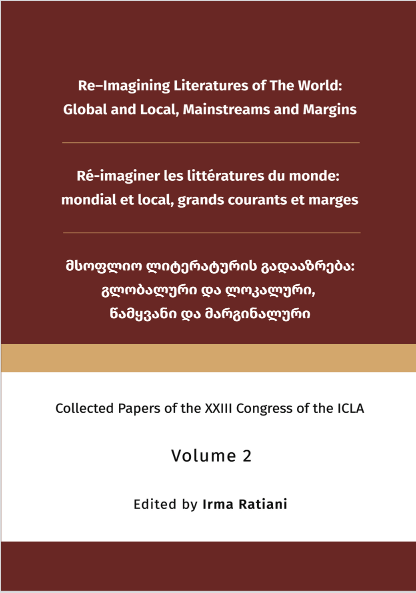Laxalt Family’s Basque American Correspondence After Sweet Promised Land
Main Article Content
Abstract
Dominique Laxalt is a Basque who became famous following the novel Sweet Promised Land written by his son Robert Laxalt in 1957. The novel relates the harsh adaptation to the life of a shepherd in the American West and the impossible definitive return to the native land, after decades of emigration and the journey made with his son Robert in the Basque Country (Ezkerra and Olaziregi, 2009; Laraway, 2019). As a result, the novel is an illustration of the altered identity of Basque Americans (Totoricaguena, 2014; Douglass, 2005; Decroos,1983).
We have examined the very rich correspondence of the Laxalt family where we can see a double alterity of identity, apart from that of Dominique Laxalt himself. It concerns, on the one hand, that of Dominique’s American children, concerning their interest in the Basque language and the Basque Country (notably Robert’s, long before his novel) and, on the other hand, the fascination of the Basque Country’s relatives for the American life of the Laxalt family (and the success of Paul Laxalt in politics). But these letters also bear witness to the changes in society and the economy of the Soule of the 1960s.
The dozens of letters sent by Dominique Laxalt’s children and sisters, nieces and nephews are, in a way, a continuation of the novel Sweet Promised Land, since they allow us to know the family events after the novel. But, above all, the letters show that the journey recounted in the book is a catalyst for the close ties between the Basque and American Laxalt families.
